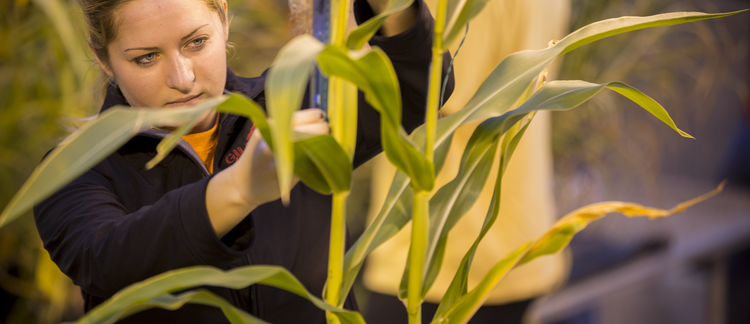Abstract
Nitrogen (N) fertilization is not a traditional nutrient management practice for soybean production in Iowa. Soybean is a legume plant and is assumed to adequately obtain needed N through symbiotic fixation. However, there is interest in using N fertilization to increase yield and grain protein due to the recognition of the large N requirement associated with high yields. Despite the fact that soybean is a legume, it readily utilizes soil inorganic N and will do so preferentially to symbiotic N2 fixation. Depending on the residual inorganic N level and soil N mineralization characteristics, approximately 40 to 75% of the N in a mature soybean plant is derived from the soil. Also, soybean seems to require this soil derived N for high yield. The overall objectives of this research were to determine the impact of soil applied N fertilizer at the beginning pod stage (R3) of soybean growth on grain yield and quality components. Additional objectives were to study response to N fertilizer placement, material (N release characteristic), and rate.
Keywords: Agronomy
How to Cite:
Sawyer, J. E. & Barker, D. W., (2001) “In-Season Nitrogen Fertilization of Soybean”, Iowa State University Research and Demonstration Farms Progress Reports 2000(1).
Downloads:
Download pdf
View PDF
245 Views
102 Downloads

